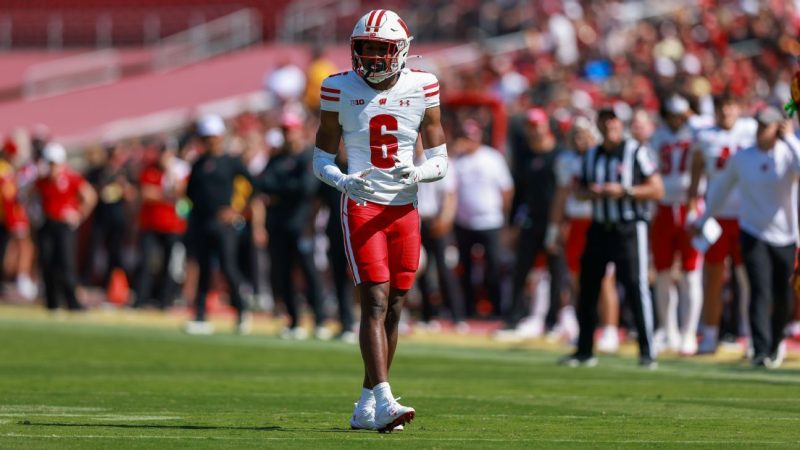
The world of college football is buzzing after the University of Wisconsin filed a groundbreaking lawsuit against the University of Miami. The Badgers allege that Miami illegally tampered with a Wisconsin player, a freshman defensive back, by offering him money to transfer. This is the first legal action of its kind, aiming to enforce the terms of a Name, Image, and Likeness (NIL) contract between a player and his university.
The lawsuit, which refers to the athlete as “Student Athlete A,” but strongly suggests it’s Xavier Lucas, details a meeting between Miami staff, a prominent alumnus, and Lucas’ family in Florida. According to the complaint, this meeting resulted in an offer of money to induce Lucas to break his two-year contract with Wisconsin. The Badgers claim this constitutes tortious interference, a significant legal claim in this context.
Wisconsin’s statement emphasizes the importance of upholding contractual obligations to maintain fairness in college sports. The university hopes this lawsuit will set a precedent, holding programs accountable for interfering with player contracts. Miami has yet to officially respond to the allegations.
This case raises complex questions about the intersection of NIL deals and player transfers. The contracts between Wisconsin and its players grant the university non-exclusive NIL rights, but explicitly state that players aren’t paid to play football. This distinction is critical; the lawsuit’s success hinges on whether a court will enforce a contractual clause restricting a player’s choice of school when the primary compensation is for NIL rights, not athletic performance.
The Big Ten Conference publicly supports Wisconsin’s legal action, stating that Miami’s alleged actions are detrimental to the stability of college sports. Lucas’ attorney, Darren Heitner, has denied any wrongdoing on his client’s part and declined further comment.
The outcome of this lawsuit could significantly impact the future of college athletics, particularly regarding the use of NIL deals to influence player transfers. It will be a fascinating legal battle to watch, as it tests the boundaries of player contracts in the evolving landscape of NIL and college sports.










